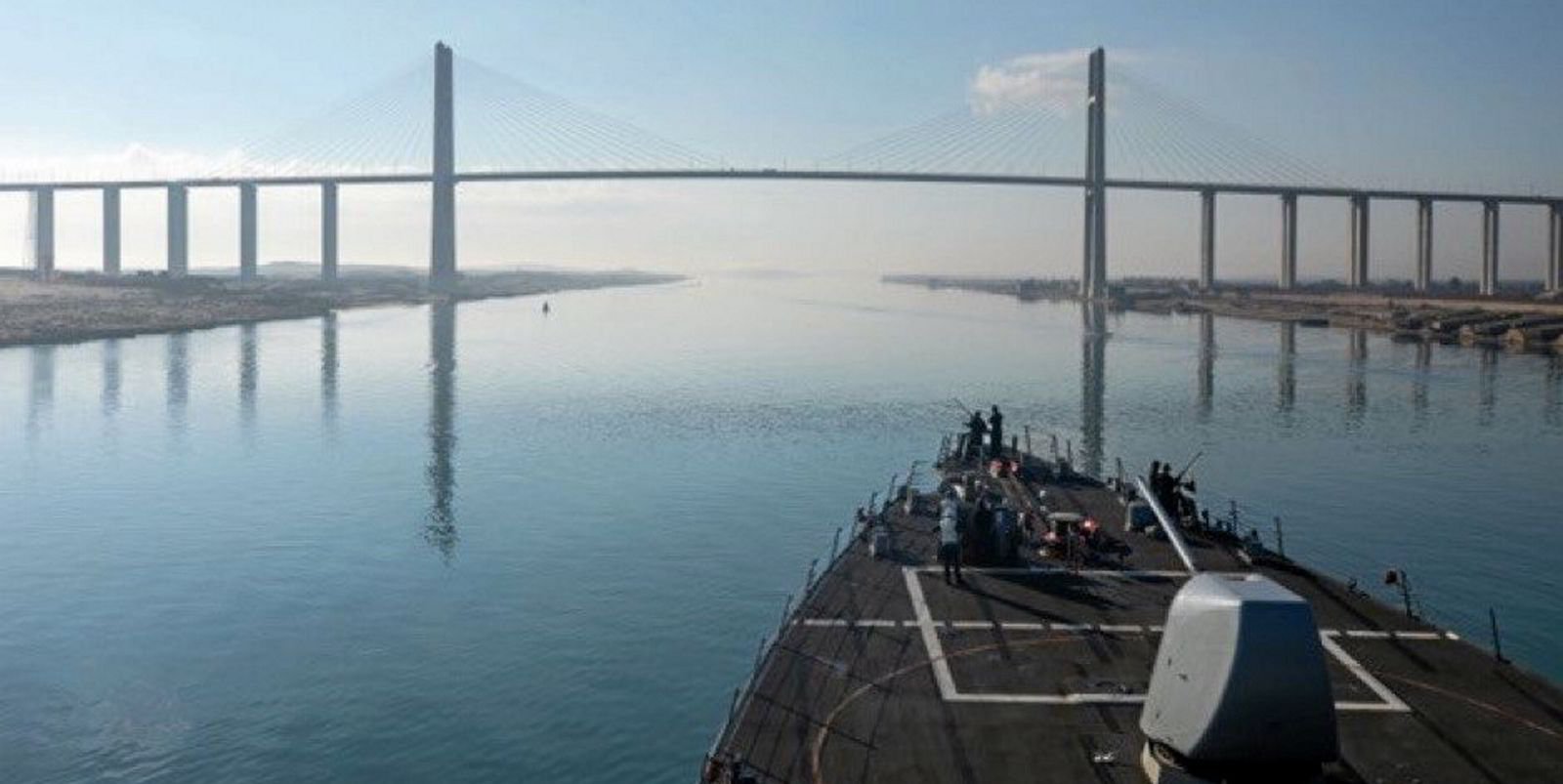Tanker trades across the board are likely to benefit from growing Indian demand for oil driven by the country’s growing middle classes, according to Poten & Partners.
India is predicted to narrowly outstrip China to become the largest source of global oil growth demand for the rest of this decade, with implications for the tanker trade, according to the International Energy Agency.
It said India is on track to post an increase in demand of almost 1.2m barrels per day by 2030, amounting to more than one-third of the expected projected global gains.
The country was the world’s second-largest net crude importer in 2023 of 4.6m bpd to meet rising demand for its refineries.
That is expected to rise further to 5.8m bpd by 2030, said the 31-nation group. Demand for all oil is expected to reach 6.6m bpd by the same date.
“Urbanisation, industrialisation, the emergence of a wealthier middle-class keen for mobility and tourism, plus efforts to achieve greater access to clean cooking, will underpin the expansion in oil demand,” said the IEA.
More oil products are likely to become available for export, with new refining capacity kicking in before the increase in domestic demand, said Poten.
“This should benefit all product carrier segments, including LR1s and LR2s,” it said in its weekly Tanker Opinion.
The conflict in the Middle East has stifled Indian exports to Europe because of increased costs from rerouting via the Cape of Good Hope and the increased rates for the LR tankers, it said. But it added that the impact was not expected to last.
India has taken advantage of cheap Russian crude barrels since the invasion of Ukraine but is expected to maintain a diversified group of suppliers including from the US, Guyana, Brazil and Mexico.
Surging Asian demand
“Stable refined product exports and increasing crude oil imports will enhance India’s role in the tanker market,” it said.
“India uses a variety of vessel sizes in both crude oil and product tanker rates and all segments will likely benefit.”
The IEA has predicted peak oil before 2030 caused by a global push for green energy, driven by an economic slowdown in China and surging electric car use.
The producer bloc Opec, however, has predicted that surging Asian demand will continue to drive the market to reach 116m bpd by 2045. Global demand broke through 100m bpd last year.
Read more
- Greek shipowner Metrostar fixes out newbuilding for five years as tanker market tactics shift
- SSY asks: Will big bulker momentum drip down to the smaller sizes this year?
- North Star orders SOV in India as it seals first charter outside UK
- Tanker dip lowers profit at Great Eastern despite VLGC strength
- New US investor eyes 15-strong LNG carrier fleet as it snaps up AG&P terminals arm
- Geopolitics help give 3,000bn boost to tonne miles in 2023, says Clarksons






